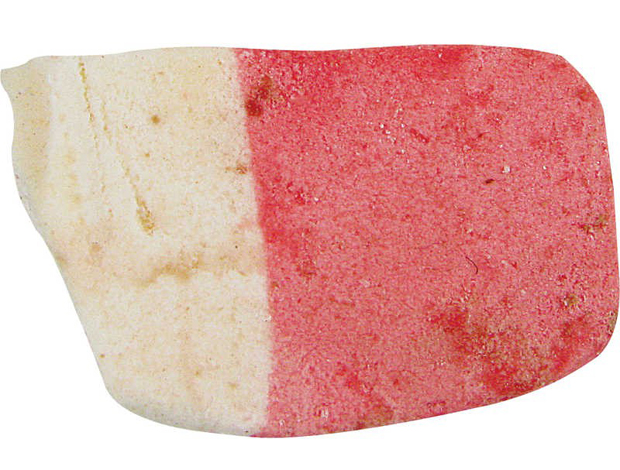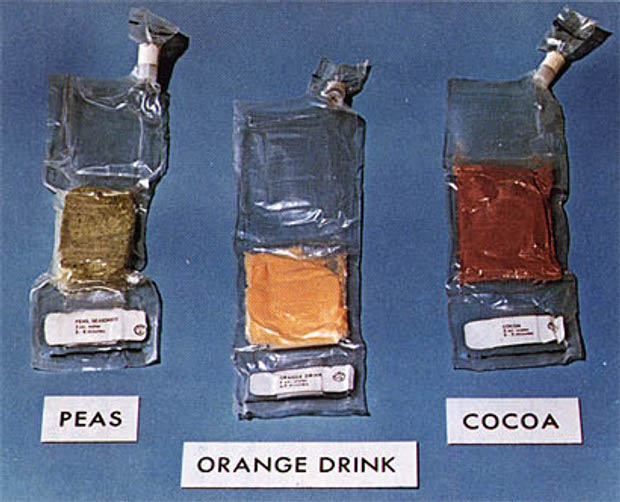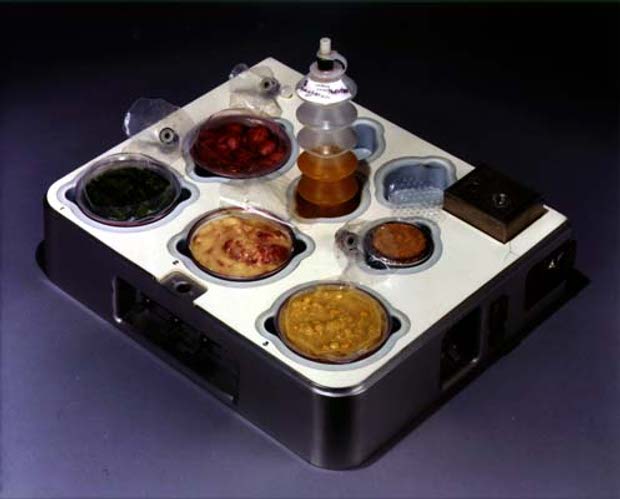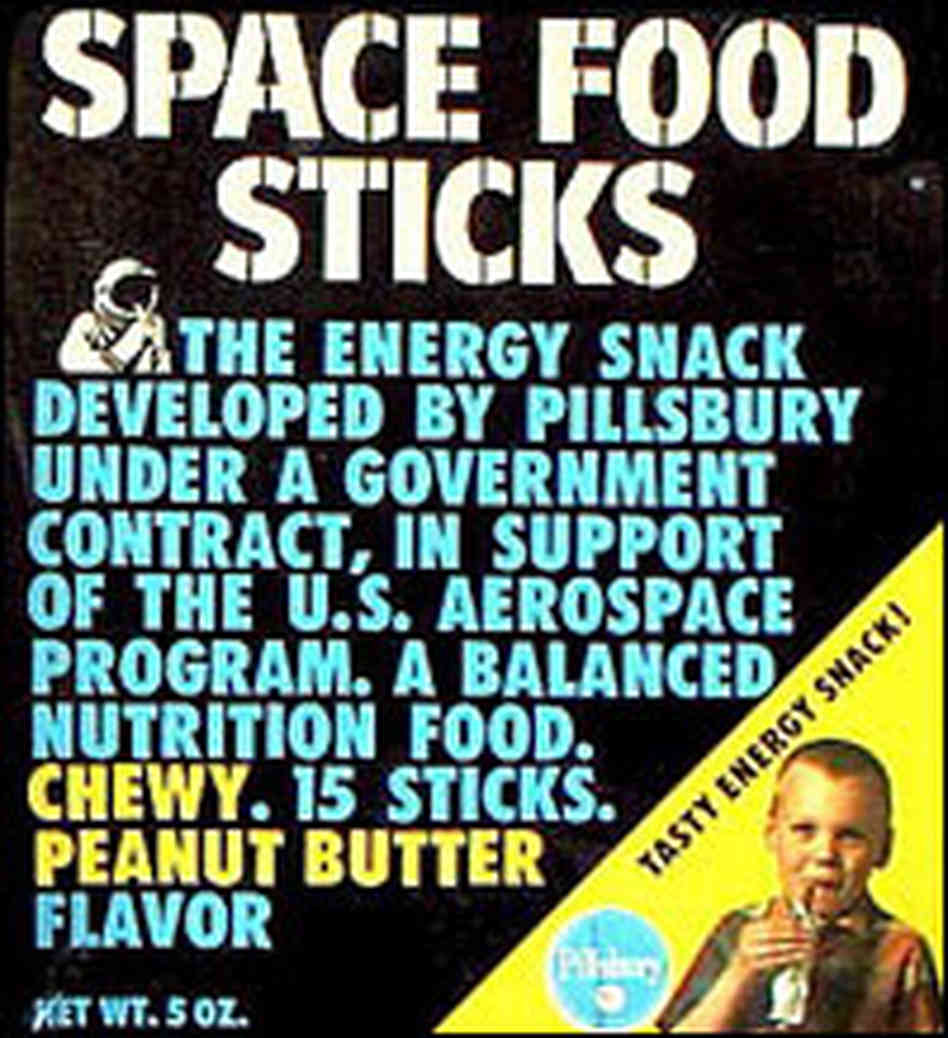
What's lurking inside The Astronaut's Cookbook?
Processed food sticks and bacon bars are just a couple of the treats on offer in this title from our Cookbook Book
Happy anniversary, space fans! On this day in 1968, Apollo 7 splashed back down to earth, having orbited the earth an incredible 163 times. This US mission was the first of its kind to carry astronauts into a low-earth orbit and the first to carry out a live TV broadcast from a US spacecraft. However, from a gastronomic point of view, it wasn’t so great.
You see, just as, in recent years, chefs such as Ferran Adrià and René Redzepi have pushed gastronomy to its physical and chemical limits, remaking familiar dishes in exciting, new ways, so an earlier group of food scientists tackled a similar problem, albeit from the other side of the equation.

Charles Bourland is former director of the NASA space food program and co-author of The Astronaut’s Cookbook, one of the featured titles in our forthcoming compendium, The Cookbook Book.
As the book makes clear, the principle problem Bourland and his colleagues faced was not how to make familiar ingredients new and exciting, but rather how to deliver traditional, nutritious food to the space agency’s crews given the weight, pressure, temperature and gravitational problems posed by a typical mission.

On early progammes, American spacemen received rations little more appetising than aluminium tubes of liquidized food. Yet, as the missions' ambition and scope progressed so the menus on board improved, and by the late sixties and early seventies, sandwiches, cereal and shrimp cocktails were finding their way onto the space menu.
Nevertheless, there were still plenty of challenges. Up until the launch of the Skylab space station in 1973, refrigeration was too bulky and consumed too much energy to be built into NASA’s space craft, limiting the amount of time astronauts could keep and eat fresh fruit and vegetables.
NASA dehydrated food to both save weight and to preserve freshness. During later missions it struck on a further efficiency, by using the waste water from Shuttle’s oribter fuel cells, which generated electricity by combining hydrogen and oxygen, to rehydrate the astronaut’s dinner.

Meanwhile, other players in the American food market tried to assist. Pillsbury helped develop a processed food stick that was designed to be pushed through a port on the Apollo space suits. The design proved ineffectual, due to the differences in pressure inside and outside the suit, yet NASA still served the sticks to its astronauts, enabling Pillsbury to market their product as Space Food Sticks back on earth.
So, how does the Astronaut’s Cookbook suggest we serve a space-themed breakfast? Unappetisingly. How about fried and reformed bacon bars, scrambled eggs with added industrial cheese flavouring, or cereal in a resealable plastic sandwich bag? Proof that some space-age innovations never quite made the re-entry to earth.
Want more helpings? Then buy The Cookbook Book from the people how made it, here.